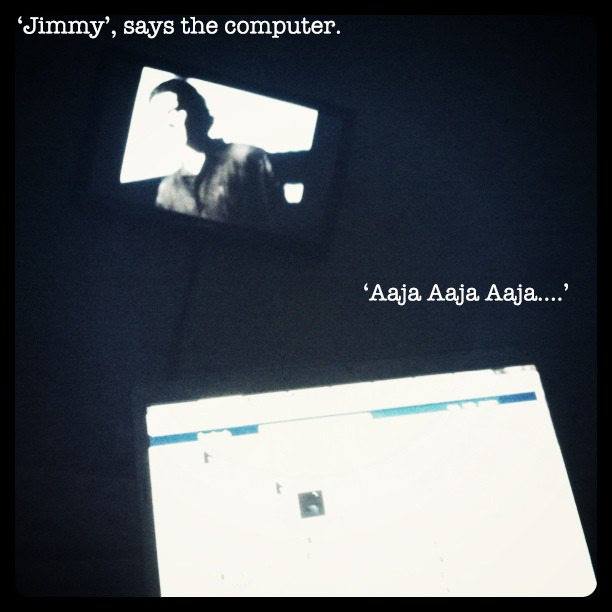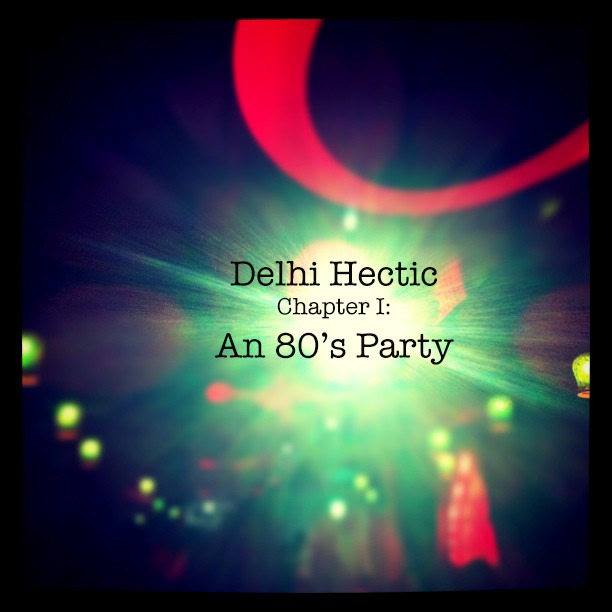In this post, Charu Maithani, one of the researchers who received the Social Media Research grant for 2015, introduces her proposed work.
My research project combines two ideas that have captivated me for a long time – the image – its various forms and properties in a medium, and the viewers’ interaction with the image interface. Different points from these two wide areas of study have led me to various projects including the one proposed for the short term research proposal at Sarai.
The research titled Imago Aevitas translates to permanent image from Latin. Imago is Latin for image, reflection, picture, representation, copy. Merriam Webster dictionary gives two meanings of the English word imago – (i) it is the final, adult stage of an insect (ii) an idealised mental image of another person or self. Aevitas is Latin for unending, lifetime, generation, immortality – referring to the digital life in my project title.
Imago Aevitas is a research project aimed at understanding the changing implications of web-based artistic projects. The research will analyse (inter)net art projects to draw together the changing image aesthetics in digital technology as well the participatory nature of these projects.
Several attempts by artists of articulating the human-technology relationship has led to interesting internet art projects. These are creative renditions of societal relationships, commentary on contemporary times or just an aesthetic output. Limited to showing innovative usage of technologies, many would argue that the early projects (1990s) could not present themselves in larger cultural contexts. In 2002, Jon Ippolito gave ‘Ten Myths of Internet Art’ which defined internet as a medium for art projects and its larger implications and reach . When the net art projects started to dwindle in the early 2000, soon after in the backdrop of web 2.0, various artists re-articulated and reassembled new relationships with technology. From trying to find a new aesthetic language in internet in 1990s – early 2000s, the net art projects have moved into the responding to cultural production and online circulation.
Net/Web-based art projects are not simply digitised forms of art that are uploaded on the internet to be viewed. These are made specifically and only to be viewed on the internet, generally on a web browser. They use the properties of the browser that is it viewed in and employ interactivity via mouse, keyboard and now gestures through technologies like Kinect. Outreach and quick dissemination is a recognisable achievement by the virtue of the project being on the internet. Other factors like sub-culture and local culture are also employed to its advantage. Combining artistic and creative skills with website/software coding enables these projects.
Net art projects may not always be participatory and have a diverse way of dissemination through the internet. The modes and techniques used to create these vary from glitch, hacktivism, software coding, text, multi-media, flash files, animation, graphics, photographs, audio and video. They allow a collaboration between technical development of computer programming/software development and aesthetic reification in form of website, email, digital photographic print and newer versions like gif and apps. In the 1990s, Indian artist Shilpa Gupta created various interactive web projects like xeno.bio.lab, diamondsandyou.com and blessed-bandwidth.net. Recently Vishal Dar has created a mobile app, Raavan Chaaya, a visual interactive rendition of Ramayana. Prayas Abhinav’s Museum of Vestigial Desires is a text based website commenting on knowledge, desire, business, value and forms of human existence. Delhi Hectic, a project by Arjun Jassal and Azhar Anis combines photographs from Instagram with text to create a webcomic on Delhi. The research will study contemporary net art projects by artists, designers and developers from India and abroad to be able to bring into focus the conditions of living in the post-digital age.

Source: Delhi Hectic
The research will look at the two aspects of net art projects:
// Image making changes
In the net art projects various forms of texts and graphics behave like images. These net art projects have transformed older forms of sculpture and painting as well as newer forms like that of video. Appropriation and de-contextualisation of pop-culture images are few of methods employed. Net artists cannot get the sensory immersion of cinema for the image that they produce, but the challenge of their image lies in inviting attention of the audience and then to be able to hold it.
Questions around image–making methods, digital image semiotics, remediation and representation are pertinent. Additionally, the role of software, obsolete web platforms and new softwares emulating the older softwares as effects, are other significant questions around existence of images on the internet.
// Design and public participation
In the networked society, people are connected through interests and experiences, through common causes and attractions. The contemporary net art projects brings together the audience’s unique way of interacting with the project and sharing it with others. Relationship between the audience has shifted from being a viewer to the role of a participant. With the shifting role of an artist and audience, there is no authoritarian value of creator. Following web 2.0, sharing and collaborative features allow to understand the changing art forms in contemporary society and its relationship with the audience. The politics and aesthetics of this creative collaboration are will be explored with intentions of understanding the digitally induced collaboration and networking created by net art projects. The research will describe many layers of influence in an individual’s or interpretive community’s construction of identities.
The research will take place through primary and secondary research methods, after which the analysis and presentation of the research will take place in form of a paper. In two months time the research questions will be re-examined to narrow down the study for in-depth analysis.
The research starts by studying regimes of theoretical and creative practices of internet art, in order to understand the conditions of their existence and survival. Drawing from various techniques, the analysis will be to understand the visual aesthetics. Simultaneously, the new developments of techniques will be studied to map the contemporary culture of visuality. Examining the properties of internet art, I will investigate net art projects by artists and designers from India and abroad, to observe patterns and changes in their viewing and audience participation. The research project will draw from various fields like media studies, software studies, art theory, culture studies and philosophy.
Notes
[1] Merriam Webster Dictionary, accessed May 24, 2015 http://www.merriam-webster.com/dictionary/imago
[2] Jon Appolito, “Ten Myths of Internet Art” Leonardo (2002): 485 – 498, Vol 35, No. 5, accessed April 12, 2015, http://www.mitpressjournals.org/doi/abs/10.1162/002409402320774312#.VWQL6pOqpBc
